Kuidas lahendada iPhone'i taastamata jätmise viga 10?
iPhone'i taastamine võib mõnikord tunduda sujuva ja otsekohese protsessina – kuni see enam ei ole. Üks levinud, kuid frustreeriv probleem, millega paljud kasutajad kokku puutuvad, on kardetud viga „iPhone'i ei saanud taastada. Tekkis tundmatu viga (10)“. See viga ilmub tavaliselt iOS-i taastamise või iTunes'i või Finderi kaudu värskendamise ajal, blokeerides seadme taastamise ning seades potentsiaalselt ohtu teie andmed ja seadme kasutatavuse. Iga iPhone'i kasutaja jaoks, kes selle probleemiga kokku puutub, on oluline mõista, mis põhjustab viga 10 ja kuidas seda parandada.
1. Mis on iPhone'i viga 10?
Viga 10 on üks paljudest vigadest, mida iTunes või Finder võivad iPhone'i taastamise või värskendamise käigus kuvada. Erinevalt teistest vigadest peegeldab viga 10 tavaliselt kas riistvaraviga või häiritud ühendust iPhone'i ja arvuti vahel. See võib ilmneda vigaste USB-ühenduste, kahjustatud riistvarakomponentide (nt loogikaplaadi või aku) või iOS-i tarkvara enda probleemide tõttu.
Selle vea ilmnemisel kuvab iTunes või Finder tavaliselt midagi sellist:
„iPhone'i ei saanud taastada. Tekkis tundmatu viga (10).“
See teade võib olla segadusttekitav, kuna see ei täpsusta täpset põhjust, kuid number 10 on riistvaralise või ühenduvusprobleemi peamine näitaja.

2. IPhone'i vea 10 levinumad põhjused
Selle vea algpõhjuste mõistmine aitab teil leida lahendusi. Kõige levinumad põhjused on järgmised:
- Vigane USB-kaabel või -port
Kahjustatud või sertifitseerimata USB-kaabel või vigane USB-port võib teie iPhone'i ja arvuti vahelist sidet katkestada. - Aegunud või rikutud iTunes'i/Finderi tarkvara
iTunes'i või macOS Finderi aegunud või rikutud versioonide kasutamine võib põhjustada taastamistõrkeid. - Riistvaraprobleemid iPhone'is
Probleemid, nagu kahjustatud loogikaplaat, vigane aku või muud sisemised komponendid, võivad põhjustada vea 10. - Tarkvara tõrked või rikutud püsivara
Mõnikord rikub iOS-i installifail või tarkvara tõrge takistab taastamist. - Turvalisuse või võrgu piirangud
Apple'i serveritega ühenduse blokeeriv tulemüür või turvatarkvara võib samuti põhjustada taastamisvigu.
3. Samm-sammult lahendused iPhone'i taastamise tõrke 10 parandamiseks
3.1 Kontrollige ja vahetage oma USB-kaabel ja -port
Enne kõike muud veenduge, et kasutate iPhone'i arvutiga ühendamiseks ametlikku või Apple'i sertifitseeritud USB-kaablit. Kolmandate osapoolte või kahjustatud kaablid põhjustavad sageli sideprobleeme.
- Proovige teist USB-kaablit.
- Vaheta arvuti USB-porte. Eelistatavalt kasuta otse arvutis olevat porti, mitte jaoturi kaudu ühendatud porti.
- Väldi klaviatuuride või monitoride USB-porte, kuna neil on mõnikord väiksem väljundvõimsus.
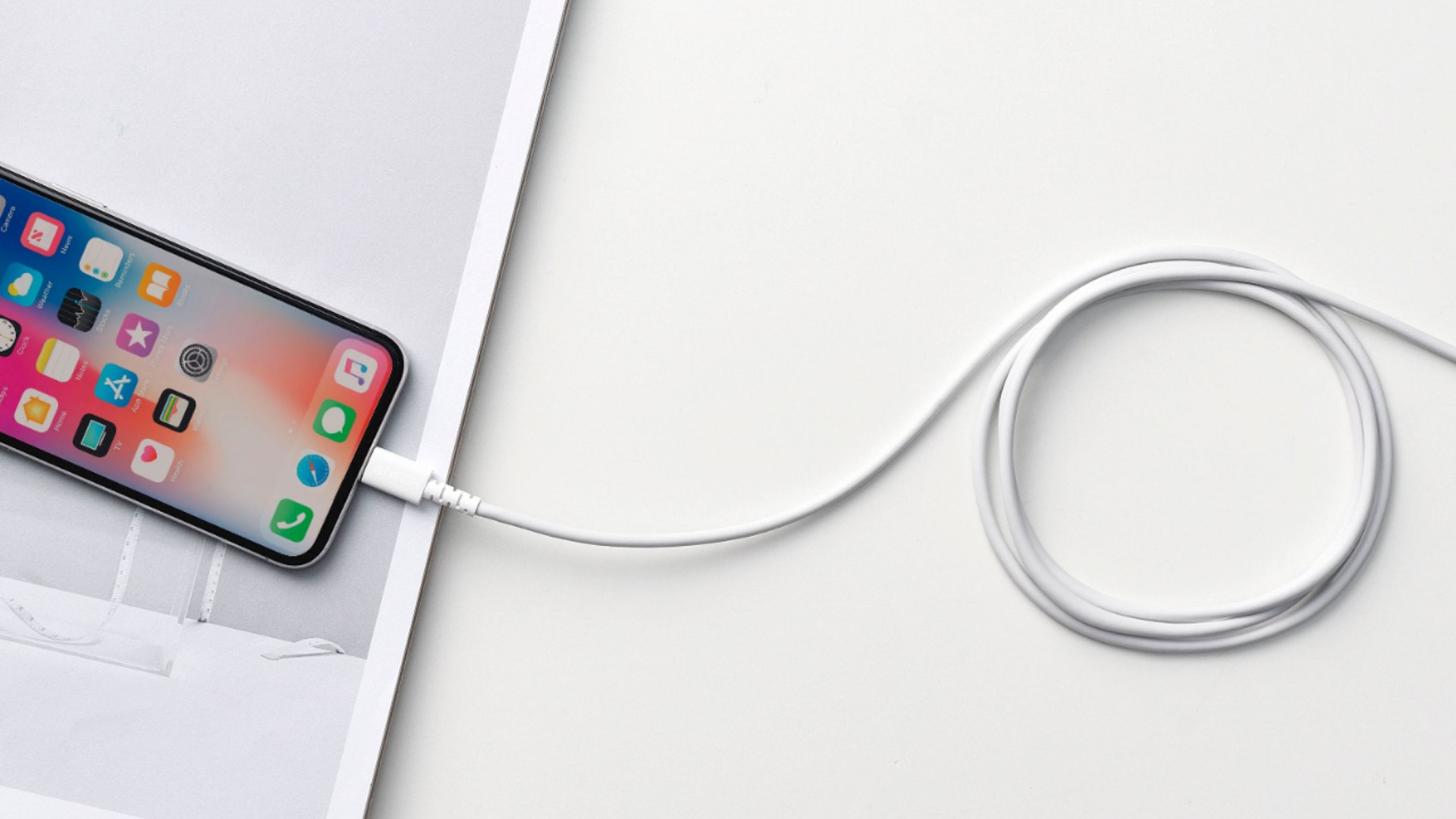
Võimaluse korral proovige oma iPhone'i taastada teises arvutis, et välistada riist- või tarkvaraprobleemid oma praeguses arvutis või Macis.
3.2 Värskenda või installi uuesti iTunes'i / macOS-i
Kui kasutate Windowsi või macOS Mojave'i või vanemat versiooni, värskendage kindlasti iTunes uusimale versioonile. macOS Catalina ja uuemate versioonide puhul toimub iPhone'i taastamine Finderi kaudu, seega hoidke oma macOS ajakohasena.
- Windowsis: avage iTunes ja kontrollige värskendusi menüü Abi > Kontrolli värskendusi kaudu. Teise võimalusena installige iTunes uuesti Apple'i ametlikult veebisaidilt.
- Macis: macOS-i värskendamiseks minge Süsteemieelistused > Tarkvarauuendus.
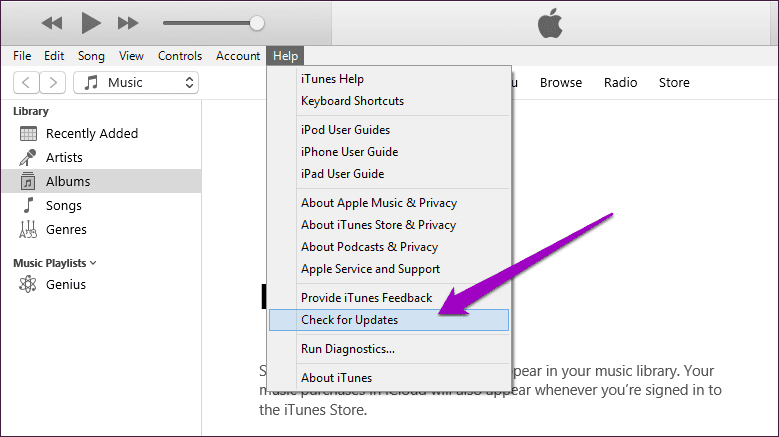
Värskendamine tagab, et teil on uusimad ühilduvusparandused ja veaparandused.
3.3 Taaskäivitage oma iPhone ja arvuti
Mõnikord lahendab lihtne taaskäivitamine palju probleeme.
- Taaskäivitage oma iPhone (X või uuem), hoides külg- ja helitugevuse suurendamise või vähendamise nuppe all, kuni kuvatakse väljalülitusliugur, libistades seda väljalülitamiseks ja lülitades selle 30 sekundi pärast uuesti sisse.
- Ajutiste tõrgete kõrvaldamiseks taaskäivitage arvuti.
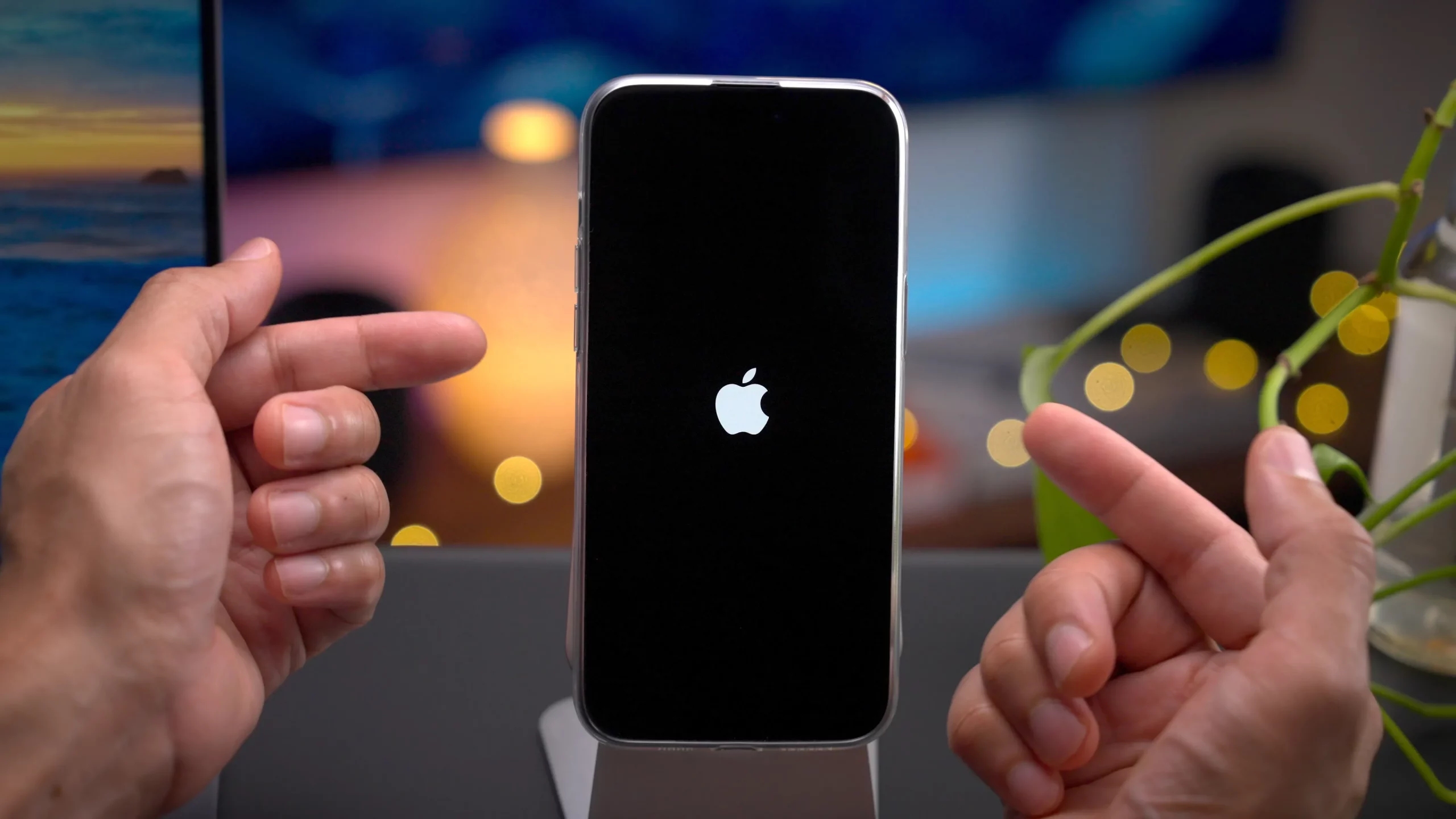
3.4 Sunni iPhone'i taaskäivitamine ja taasterežiimi viimine
Kui viga püsib, proovige oma iPhone'i sundtaaskäivitada ja seejärel enne taastamist taasterežiimi lülitada. Kui taasterežiimis olete, proovige uuesti iTunes'i või Finderi kaudu taastada.
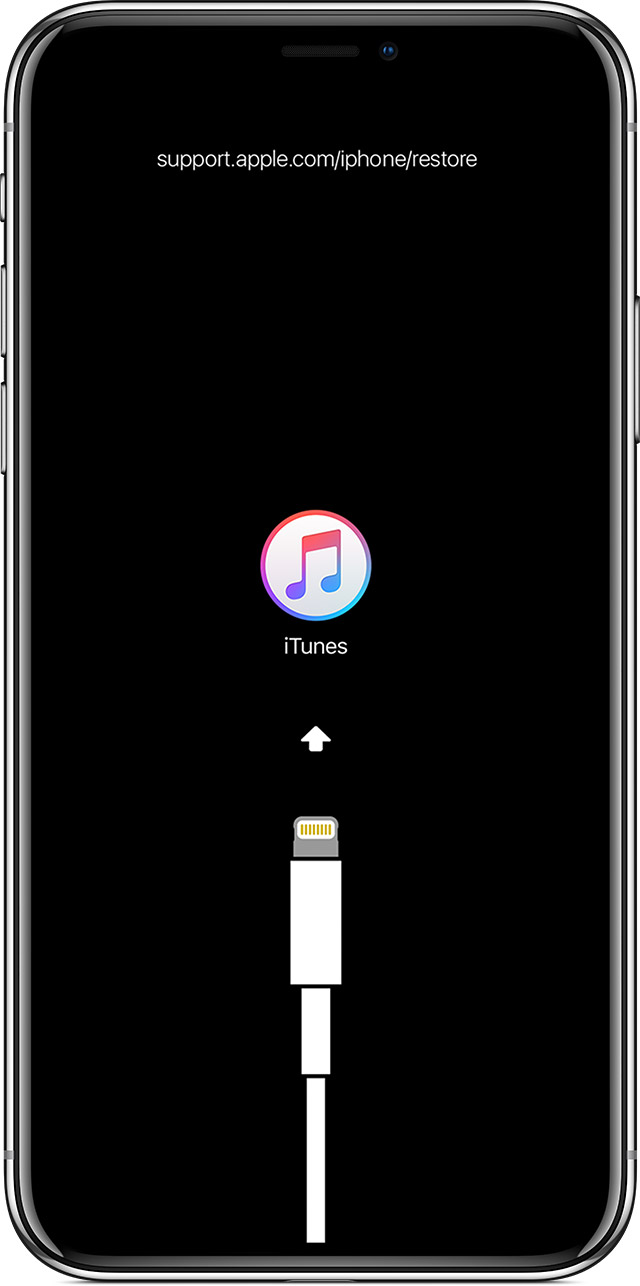
3.5 Taastamiseks kasutage DFU-režiimi
Kui taasterežiim ebaõnnestub, võite proovida seadme püsivara värskendamise (DFU) režiimi, mis teostab põhjalikuma taastamise püsivara täieliku uuesti installimise teel. See möödub iOS-i alglaadurist ja suudab lahendada tõsisemaid tarkvaraprobleeme.
DFU-režiimis jääb teie iPhone'i ekraan mustaks, kuid iTunes või Finder tuvastab taastamisolekus seadme ja lubab teil selle taastada.
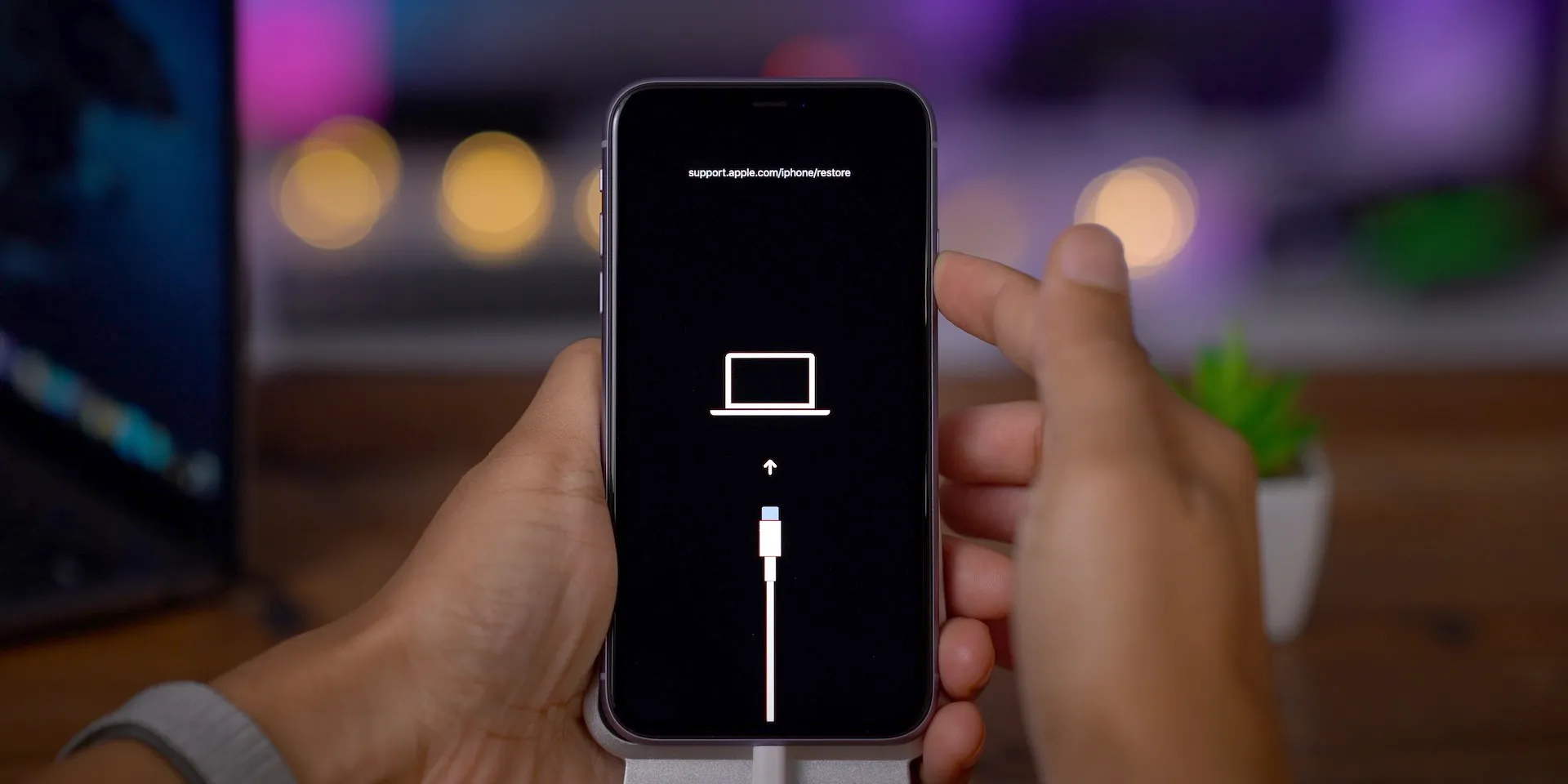
3.6 Kontrollige turvatarkvara ja võrguseadeid
Mõnikord blokeerib teie arvuti viirusetõrje- või tulemüüritarkvara suhtlust Apple'i serveritega, põhjustades selle vea.
- Keelake ajutiselt viirusetõrje- või tulemüüritarkvara.
- Veenduge, et teie internetiühendus on stabiilne ja mitte piiravate tulemüüride taga.
- Vajadusel taaskäivitage ruuter.
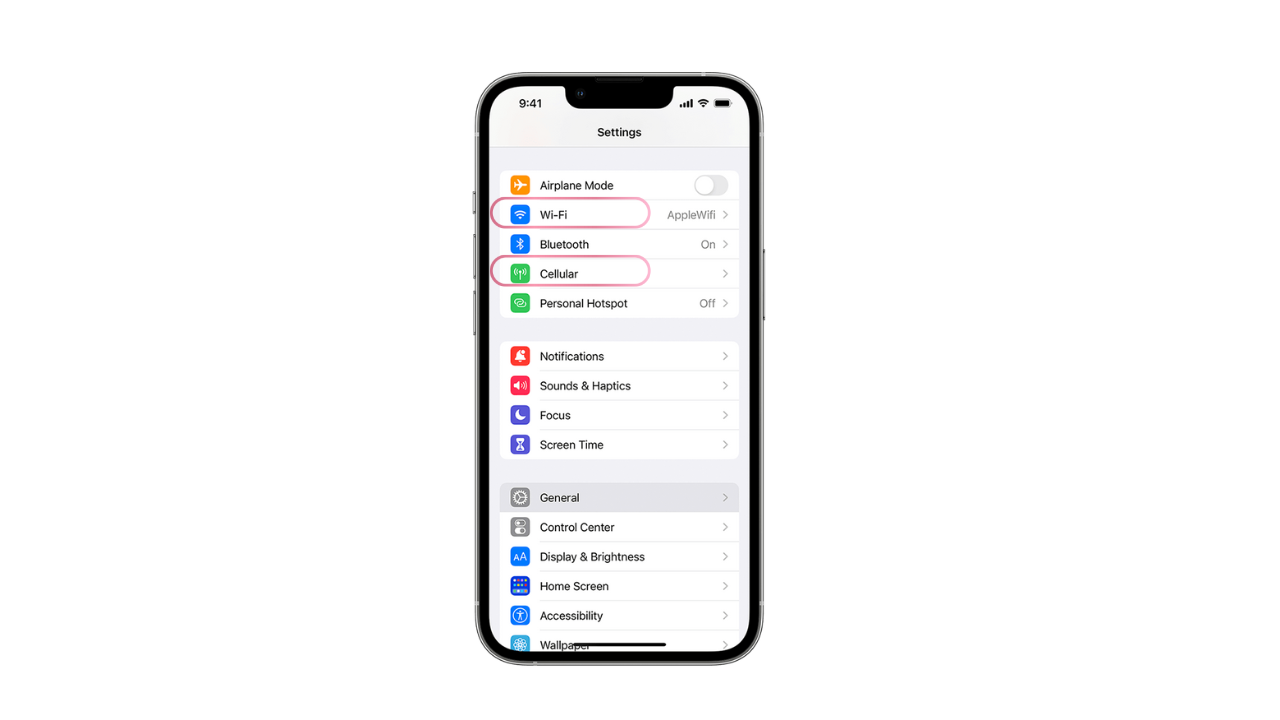
3.7 Kontrollige iPhone'i riistvara
Kui probleem püsib hoolimata kõigi ülaltoodud toimingute proovimisest, on tõenäoline, et vea 10 põhjuseks on iPhone'i riistvaraviga.
- Vigane loogikaplaat või aku võib põhjustada taastamiskatse ebaõnnestumise.
- Kui teie iPhone'il on hiljuti tekkinud füüsilisi kahjustusi või see on veega kokku puutunud, võivad selle põhjuseks olla riistvaravead.
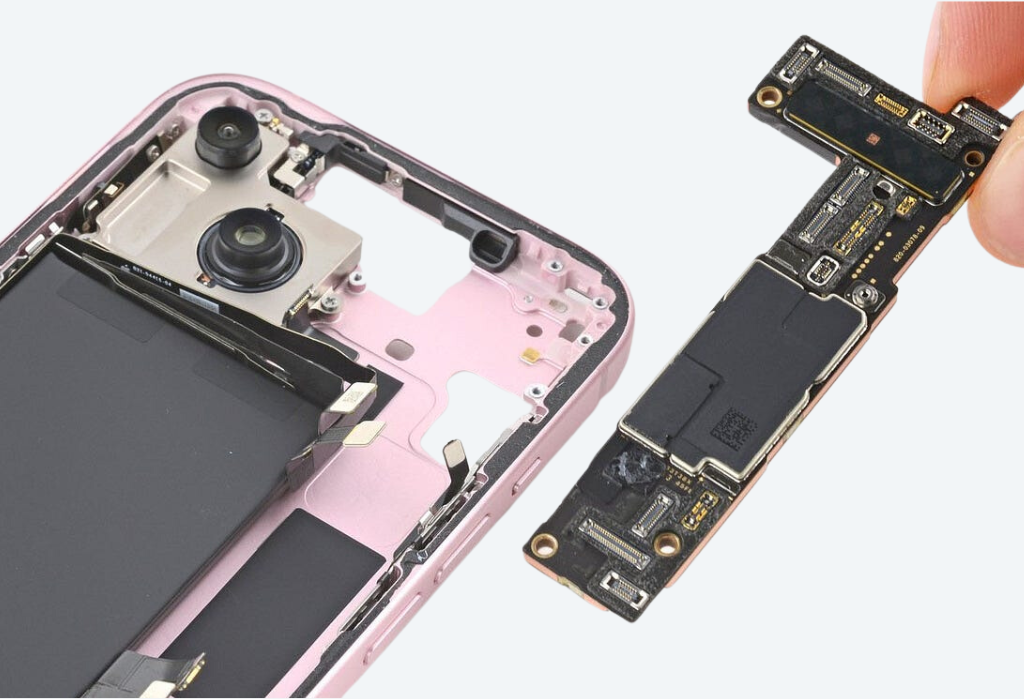
Sellistel juhtudel peaksite:
- Riistvara diagnostikaks külastage Apple'i poodi või volitatud teenusepakkujat.
- Kui garantii või AppleCare+ kehtib, võib remont olla kaetud.
- Vältige ise füüsilise remondi tegemist, kuna see võib tühistada garantii või põhjustada edasist kahju.
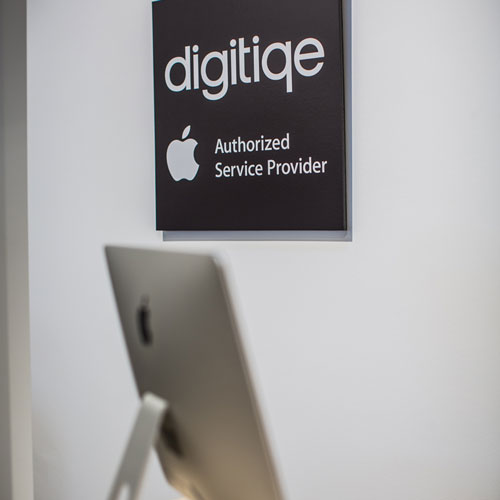
3.8 Kasutage kolmanda osapoole parandustarkvara
On olemas spetsiaalsed tööriistad (nt. AimerLab FixMate ), mis on loodud iOS-i süsteemiprobleemide lahendamiseks ilma andmeid kustutamata või täielikku taastamist nõudmata.
- Need tööriistad saavad süsteemi parandades lahendada levinud iOS-i vigu, sealhulgas taastamisvigu.
- Sageli pakuvad nad režiime standardseks parandamiseks (andmete kadumiseta) või süvaparanduseks (andmete kadumise oht).
- Selliste tööriistade kasutamine võib säästa remonditöökotta mineku või andmete kadumise taastamise tõttu.
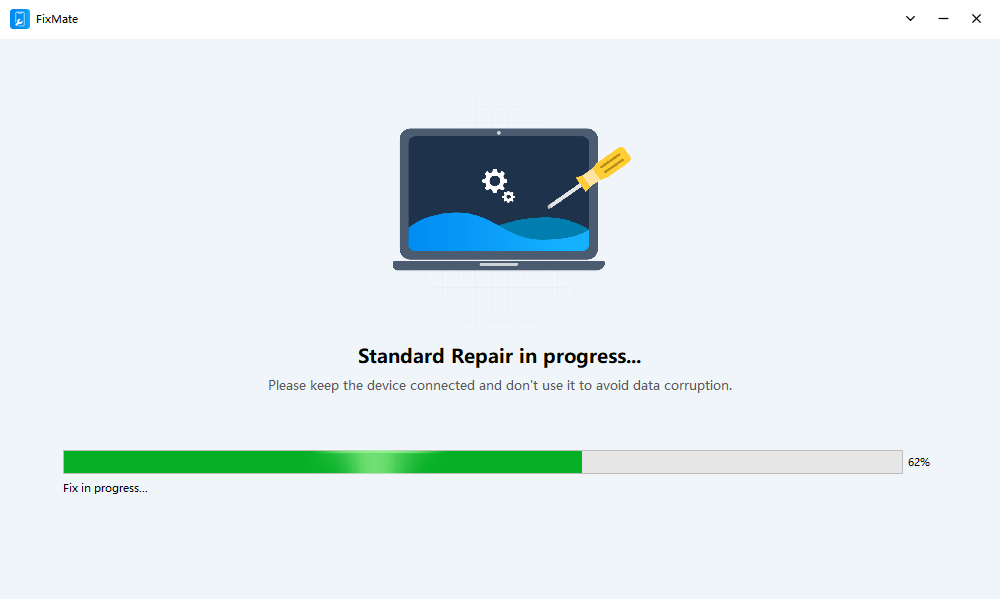
4. Järeldus
IPhone'i taastamise ajal ilmnev viga 10 viitab tavaliselt riistvara- või ühenduvusprobleemidele, kuid mõnikord võib see tuleneda tarkvaratõrgetest või turvapiirangutest. USB-ühenduste süstemaatilise kontrollimise, tarkvara värskendamise, taaste- või DFU-režiimide kasutamise ja riistvara ülevaatuse abil saavad enamik kasutajaid selle vea lahendada ilma andmete kadumise või kalli remondita. Kangekaelsetel juhtudel võib olla vajalik kasutada kolmanda osapoole remonditööriistu või professionaalset diagnostikat.
Kui selle veaga kokku puutute, ärge paanitsege. Järgige ülaltoodud samme hoolikalt ja teie iPhone taastatakse tõenäoliselt täielikult töökorras. Ja pidage meeles – regulaarsed varukoopiad on teie parim kindlustus ootamatute iPhone'i vigade vastu!
- Miks mu iPhone ei helise? Siin on mõned tõhusad lahendused selle parandamiseks
- Kuidas parandada iPhone'i vale asukoha leidmise viga?
- Kas lennukirežiim lülitab iPhone'is asukoha välja?
- Kuidas iPhone'is kellegi asukohta küsida?
- Kuidas parandada viga: „iPhone'i ei saanud uuendada. Tekkis tundmatu viga (7)”?
- Kuidas parandada iPhone'is viga „SIM-kaarti pole installitud”?
- Kuidas pokemon Go iPhone'is petta?
- Aimerlab MobiGo GPS-i asukoha spooferi ülevaade
- Kuidas oma iPhone'is asukohta muuta?
- 5 parimat võltsitud GPS-i asukoha spooferit iOS-i jaoks
- GPS-i asukoha leidja määratlus ja spooferi soovitus
- Kuidas muuta oma asukohta Snapchatis
- Kuidas iOS-seadmetes asukohta leida/jagada/peita?




